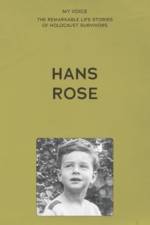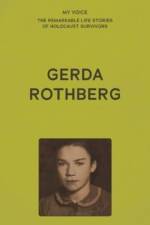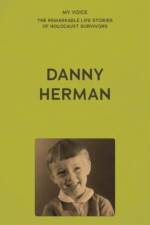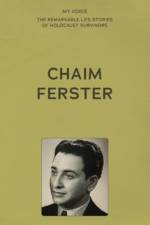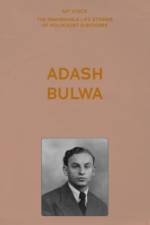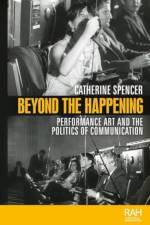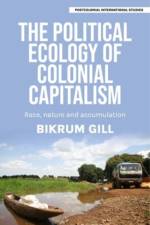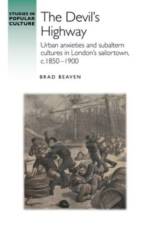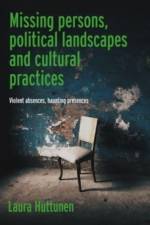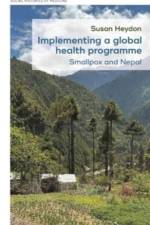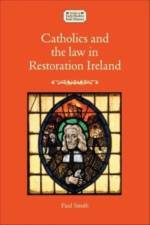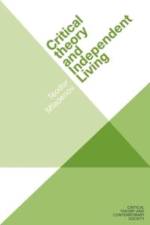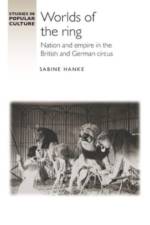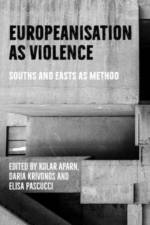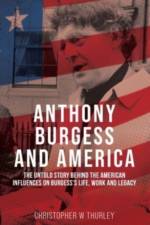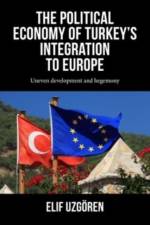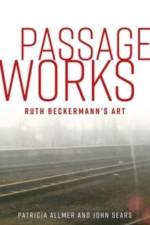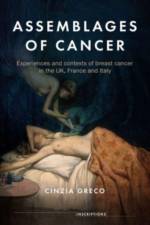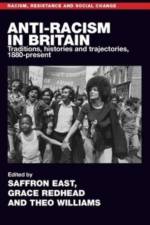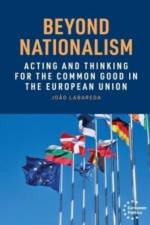av Christopher W Thurley
1 289,-
Anthony Burgess and America is a biographical and critical analysis of Burgess's decades long commentary on and relationship with the United States of America between the 1950s-1990s.Utilizing Burgess's entire oeuvre and hundreds of newly discovered archived materials, this book also evaluates the American inspirations in five Burgess novels: M/F (1971), The Clockwork Testament (1974), Earthly Powers (1980), The End of the World News (1982), and Enderby's Dark Lady (1984). In doing so, this essential new contribution to Burgess scholarship and discourse opens a nearly unexplored area of Burgess's life for investigation and evaluation. Using a wide range of new primary sources, frequently discussed topics by Burgess, such as culture, politics, race, education, obscenity, language, and literature in an American context, are discussed at length to understand how his entanglement with these commentaries influenced his fiction. Because of Burgess's enthusiastic immersion into mass media from the 1960s onward, Anthony Burgess and America also draws on the surviving record of the public persona that Burgess cultivated (the author, the journalist, the scholar, the teacher, the musician, and the popular chat-show entertainer) to assess the significance of his different forms of utterances.What emerges from such an approach is not just a complex personal and public history about one of Britain's greatest twentieth century authors, but also a story of his immersion into and interaction with American culture in the 1960s, 70s, 80s, and early 90s. The overall effect is an original, new, and diverse cultural and biographical analysis of Burgess's American-inspired work.

